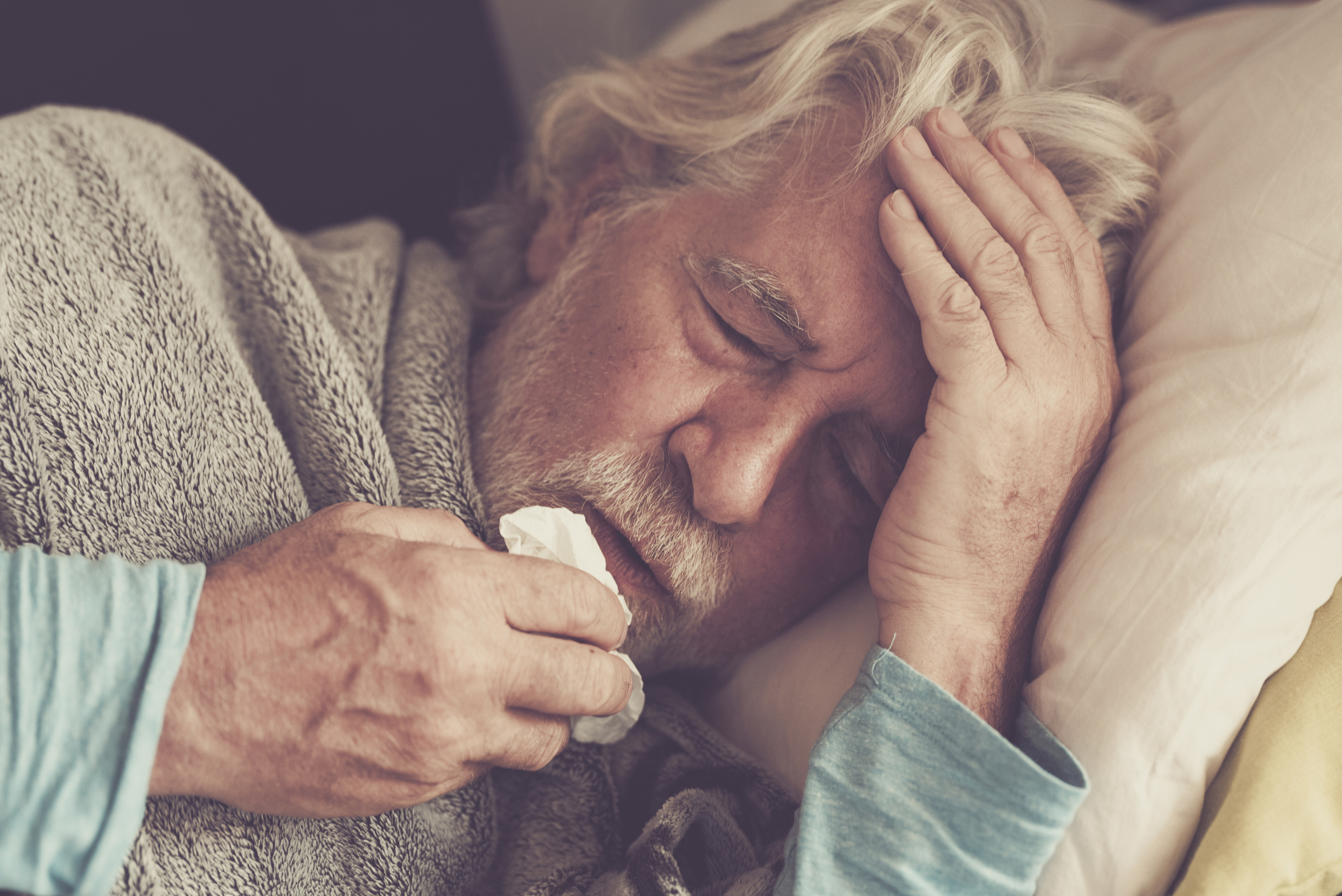Despite greater efforts to flatten the curve in the number of cases and the spread of COVID-19, many people will find themselves caring for a loved-one at home who has become ill from the highly contagious virus. Although there is no shortage of information about how to prevent the spread of the new coronavirus, there is less information about how to care for someone at home while they recuperate.
According to a recent AARP video, the first step is to keep the individual diagnosed with COVID-19 in a designated sick room to help protect the rest of the family. Only one caregiver should enter this room and other family members, including pets, should remain in a separate and well-ventilated area of the home.
Everyone living in the home should wash their hands frequently and thoroughly and avoid sharing any personal items like towels, blankets, bedding or dishes. If available, the person who is sick should wear a face mask when their caregiver is in the room unless it restricts their breathing. The caregiver should wear a mask if the individual who is sick cannot.
Bedding and other laundry should be washed often and as soon as it is soiled in hot water. Caregivers should wear gloves when handling laundry and avoid shaking dirty laundry to prevent the spread of the virus. Sanitize all surfaces and wash hands thoroughly when finished in a patient’s room.
Symptoms of COVID-19 can be treated with a humidifier, cough medicine and a fever-reducer but check with the patient’s doctor to make sure there are no potential drug interactions. Offer plenty of fluids and nutrition to help aid in recovery. Lots of rest is also recommended for someone recovering at home from the coronavirus. For most people, symptoms will last several days and improve after a week.
The caregiver should closely monitor symptoms to make sure they don’t get worse and stay in close contact with the patient’s doctor. Call immediately if the patient is having difficulty breathing, if you notice bluish lips or face, persistent chest pain or pressure or new confusion or disorientation.
Learn more about caring for someone at home during the COVID-19 pandemic by following this link to the Centers for Disease Control and Prevention.
Patients should only discontinue isolation when they have had no fever for at least 72 hours without medication, other symptoms have improved and at least 7 days have passed since the first symptoms were noticed. If the patient is being tested for COVID-19, they should have received two negative tests, 24 hours apart, have no fever and have improved symptoms before stopping home isolation. Talk with your doctor for more information and before leaving isolation.






Add Your Voice
0 Comments
Join the Discussion